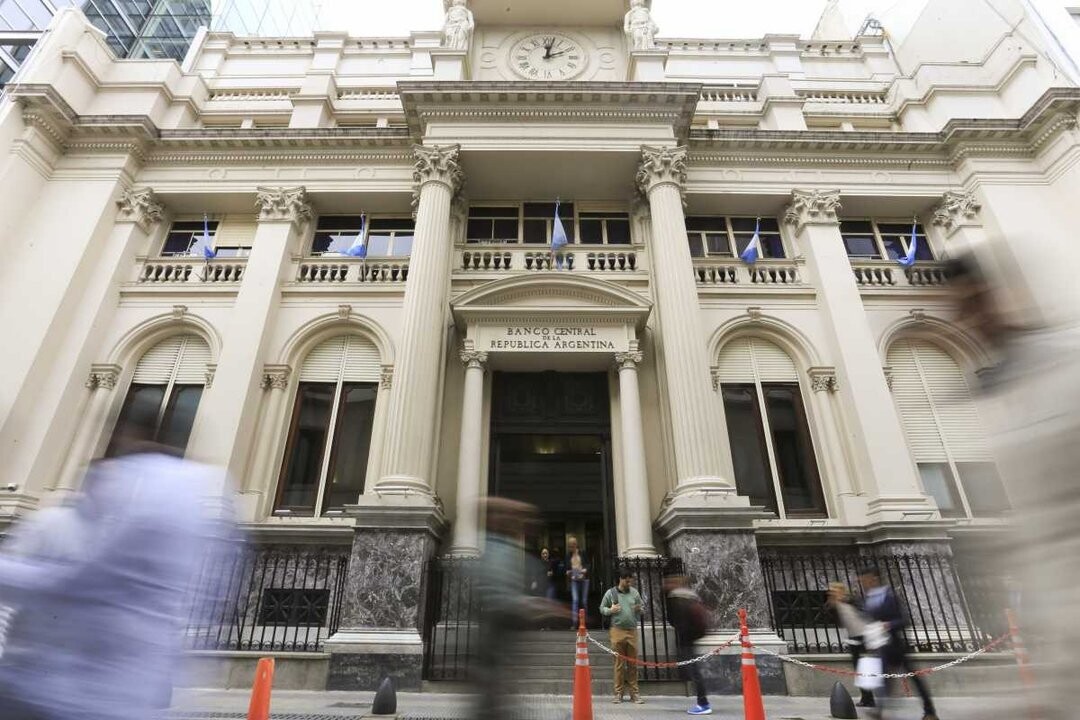
The Central Bank of the Argentine Republic (BCRA) has modified the 'minimum liquidity' regulation, established in point 1 of Communication A 8302, setting it at a minimum of 95% daily from November onwards.
Through Communication A 8350, the entity led by Santiago Bausili announced a new method for calculating the 'minimum liquidity' requirement. The calculation will now be based on the monthly average of daily balances of the admitted concepts for the same period to which the requirement applies.
From November, financial entities will be required to meet a 'daily minimum integration of pesos' equivalent to 95%.
'This integration, defined as the sum of the balances of the admitted concepts (recorded at the close of each business day), cannot be less than 95% of the total minimum cash requirement in pesos for the period, as determined under point 1.2. of the Minimum Cash regulation text'.
The 'minimum liquidity' rule is explained as the money that banks are obligated to hold without the possibility of using it, serving to guarantee a certain level of liquidity in the financial system.
In this way, the BCRA aims to generate less volatility in interest rates, ensuring that the demand for money is stable and predictable.
Yesterday, the Government announced that in the tender it managed to place 6.86 trillion pesos with a 57% rollover, having received offers totaling 7.84 trillion pesos.
In this manner, the Government faced its first test before the financial market after the support obtained at the polls, in a tender where the National Treasury aimed to finance debt renewal for 12 trillion pesos.
The operation was headed by the Minister of Economy, Luis Caputo, as his replacement, Pablo Quirno, who assumed office at the Ministry of Foreign Affairs on Tuesday, has not yet been officially appointed.













